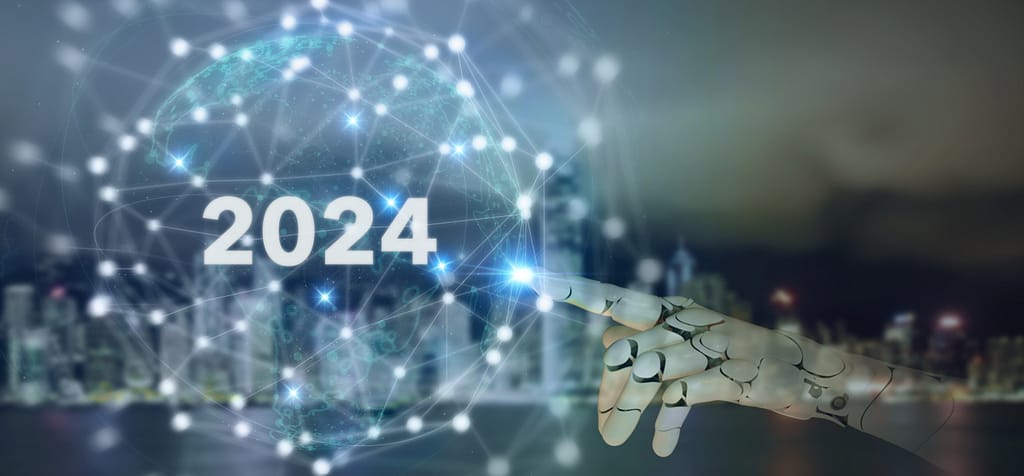
Technology used in construction poses to significantly improve productivity and quality, reduce waste, and enhance collaboration. Reducing tedious and time-consuming tasks empowers builders to be more strategic, helping their clients save money and build better jobs. Improved insights derived from data anticipate problems before they happen and reduce changes needed after construction commences. Construction tech optimizes scheduling and project management. And real-time monitoring of construction sites saves unnecessary trips.
At the same time, whether writing an article such as this, designing a neighborhood or a home, or managing the process of construction, technology is an aid but not a replacement. Automation and A.I. are not a replacement for human oversight and creative input.
(See our recent article— Land Planning–More H.I. and less A.I.)
Construction Technology Improves Design Efficiency & Jobsite Safety
The use of technology starts with land surveying. Drone photography and data collection can significantly reduce costs and increase speed and accuracy. Drones also increase the safety of surveyors by minimizing the need for manual fieldwork in challenging terrains. Additionally, the collected data derived from construction tech is more accurate and detailed.

Moving onto the design and estimating process, the right construction tech tool can accurately measure the size of each room’s square footage and wall lengths and list and count objects needed for construction. The immediate gains are time savings, accuracy, and efficiency, but it gets even better. Machine learning engines remember edits and anticipate corrections. Plan details that once took weeks to complete are now completed in minutes.

On the jobsite, robots can replace manual laborers. They often eliminate tasks that expose workers to risk of serious accidents and even death. Transparency Market Research says this is why the demolition robots accounts for 35.4% of the global market. Additionally, robots may be the answer to the ongoing labor shortage. Indeed, robots can be used for 3D printing, bricklaying, material handling, surveillance, and other applications such as welding and painting.
Anticipating and Outlining the Infrastructure Needed

As the population grows, developers and city governments must become more innovative and creative in making decisions about power infrastructure, reliable sources for drinkable water, and effective sewage systems. Construction tech plays a crucial role in anticipating infrastructure needs by providing data-driven insights, optimizing planning processes, and enhancing decision-making.
The housing sector must also stay on top of what’s new and what’s next. Important decisions must be made in the early part of the design and engineering phase so that projects have the capability and band-width to accommodate current and future needs.
Inside the homes themselves, smart home technology evolves from a luxury novelty into a mandatory amenity. Today’s buyers are not merely looking for homes. They seek integrated, interactive, and automated environments that effortlessly intertwine with their everyday lives. The ever-advancing wave of Wi-Fi-connected appliances and devices redefines what comfort, security and convenience mean for homeowners.
Health-Conscious Consumers Join the Building Science Discussion
What has long been discussed among building science experts with regard to indoor air quality is now consumer knowledge. There’s a surge of interest in whole-home air purifiers and humidifiers that interface with the home’s HVAC system to control temperature and humidity levels and purge airborne bacteria.
Controlling temperature has not only to do with comfort but also health. New thermostats balance temperatures throughout the house using remote sensors. A relative humidity of 40-60% decreases occupant exposure to infectious particles and reduces the spread of airborne pathogens. Air cleaners sense and remove particles, cleaning recirculated and outdoor air. Proper air exchange can dispel odors, chemicals and CO2, while reducing disease transmission.

Smart Homes Revolutionize the Living Experience
Construction and construction tech converge to pave the way for homes of the future. Buyers want a centralized control system that brings together all their various smart devices, allowing them to manage them from a single interface. They want their system to integrate with voice-activated platforms like Amazon Alexa, Google Assistant, or Apple HomeKit for hands-free control. And they want to be able to remotely control their home systems on a smartphone.
HVAC systems, lighting, blinds and curtains, sprinkler systems are top of the list in things that homeowners wish to control. Wi-Fi enabled “smart doors” that integrate with LED motion lighting, video doorbells, and smart locks with sensors to let the pets in or out also make the list. And an increasing number of buyers want homes that facilitate work-from-home productivity with custom-built workstations, upgraded tech suites, additional data/teleports, and USB charging points.
Today’s smart kitchen appliances support the resident chef with culinary tech such as an oven or microwave that nudges your phone when the meal is done. The sink faucet transforms into a voice-controlled assistant—delivering specified volumes of water at your preferred temperature, hands-free. And the refrigerator keeps tabs on supplies sending an alert and a list when it’s time to call Amazon for grocery delivery.
Technology for Aging in Place
Incorporating health-related tech provides secure, private, and convenient care for preventative and urgent medical needs. Options such as sleep monitoring, blood pressure tracking and fall detection may allow older residents to live independently longer than they could otherwise.
The Bottom Line: As we journey into the future, technology will help us better prepare to serve a burgeoning population. And builders must grasp the dynamic pace of technology to stay ahead of what their buyers want today and what they’ll want in the future.

ABOUT THE AUTHOR
Beverly Smirnis is the co-founder of Building Savvy magazine. She and her business partner and husband, Steve Smirnis, have served as judges for the International Builders’ Show Best of IBS Awards and judged numerous homes for builders association parade events across the country.

